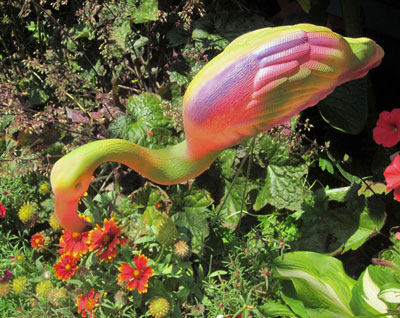What’s fun, funky, and fabulously flamboyant? Pink flamingos!
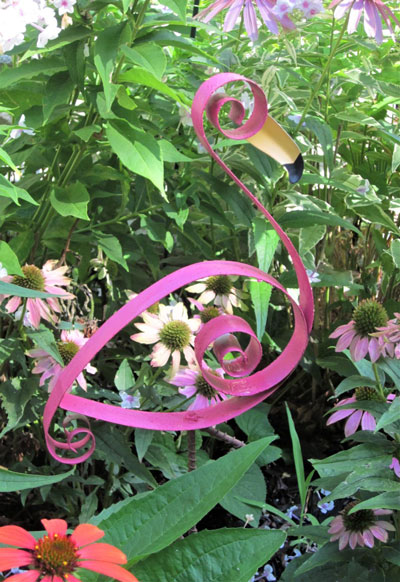
You see them everywhere, like them or not: day-glo birds posing beside pools and palm trees, posturing next to patios and garden paths, and strutting their pink plastic stuff in flower beds and borders.
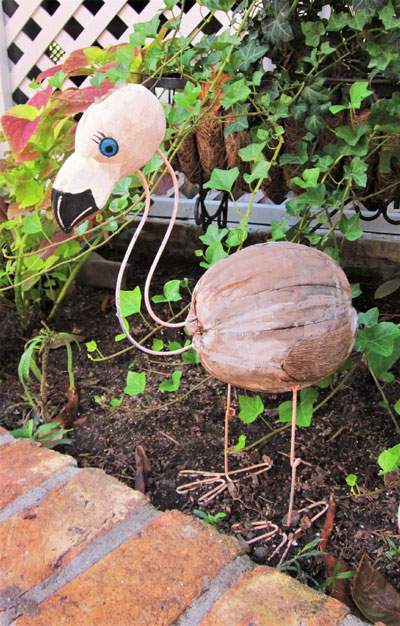
Before they became pop culture icons, pink flamingos were just, well, pink flamingos. With their S-shaped necks and bright pink feathers, the exotic wading birds strolled into notoriety on their lanky, stilt-like legs in 1957, when plastics molding company Union Products hired the late Don Featherstone to design three-dimensional lawn ornaments for their “Plastics for the Lawn” collection.

No doubt Featherstone drew inspiration from the 50’s—an all-things-pink era when pink washing machines and pink Cadillacs were cool. At the time, Florida—with its unofficial pink flamingo symbol—was emerging in full feather as a tropical hot spot.
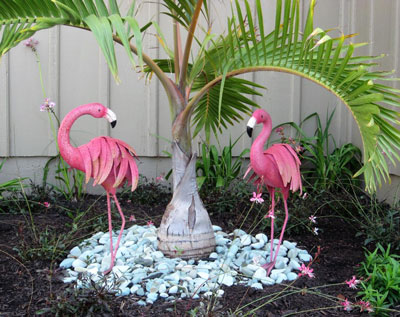
As fate would have it, on his second assignment with the plastics company, the sculptor with nine years fine arts training inadvertently hatched a decades’ long fad. Since there were no live flamingos in Leominster, Massachusetts (the self-proclaimed “Plastics Capital of the World”), Featherstone based his 3-D clay model on flamingo images in National Geographic. The project took two weeks. Although the flaming pink polyethylene yard art bird was intended as a symbol of tropical elegance, it became viewed as a kitschy mass-produced lawn ornament that was so bad it was good.
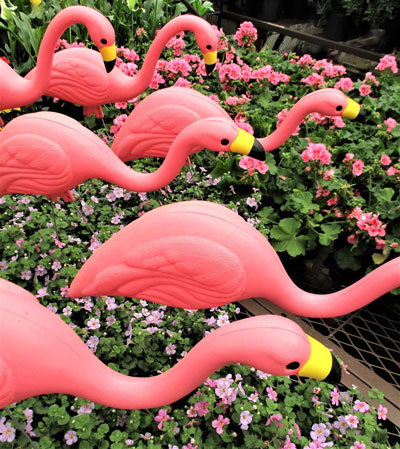
There’s a certain amount of irony that the bird-brained design continued to evolve. After the first year, the company upgraded to engraved feather markings. In 1985, Featherstone added his signature, thus creating “designer flamingos.” In 1997, innovators traded the indelible ink eyes with plastic eyes that snapped in place like dolls’ eyes.
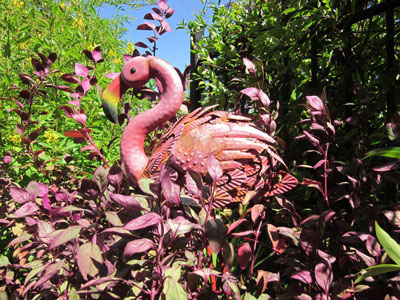
During the plastic bird’s heyday, a Smithsonian magazine contributor wrote that to some folks displaying pink flamingos had become a way of “hinting at one’s own good taste by reveling in the bad taste of others.” Not surprisingly, “flamingo fundraisers” took flight. After being “flocked” –i.e., waking up to a lawn full of the plastic birds—the embarrassed victim was expected to feather the charity’s nest with a donation in order to make the birds go away.

Today, yard art flamingos number in the millions. And, like their pink poly predecessors, yard art flamingos continue to sport new features. Following in Featherstone’s footsteps, artisans craft pink flamingos from tin and wood. They use repurposed garden tools — even coconuts – to personify the gawky bird. They’ve replaced the spindly wire “legs” with spray-painted rebar; they’ve added knees and all manner of bird feet.
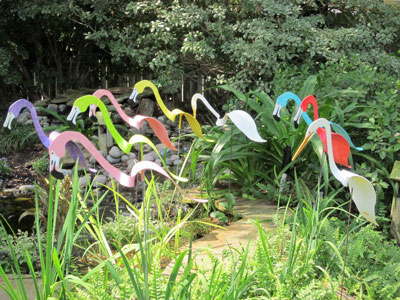
But the question remains: Are pink flamingos symbols of tropical paradise or lawn art kitsch? You be the judge. One way or the other, it looks like the ever-popular yard art birds are here to stay.
